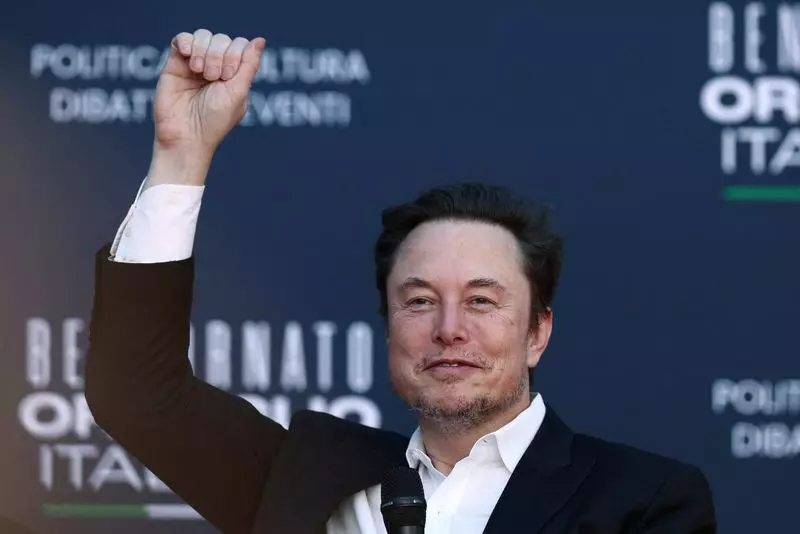The unveiling of the Department of Government Efficiency (DOGE) led by high-profile figures like Elon Musk and Vivek Ramaswamy has sparked a flurry of public interest and debate over its implications for federal operations. While the initiative claims a noble goal of enhancing the efficiency of government functions, critical assessments reveal that its actual power to enact significant changes is deeply constrained. Far from being a revolutionary entity, DOGE operates primarily as an advisory body, lacking the legal authority to implement its recommendations.
At the core of the skepticism surrounding DOGE lies the understanding that it does not possess formal governing powers. Analysts from Barclays have pointed out that despite its ambitious title, DOGE lacks executive capabilities and the capacity for enforcement. This limitation is crucial, as any substantial reforms require robust legislative backing—a reality that is often complicated by the current polarized political landscape. Without Congress’s endorsement, DOGE is relegated to surfacing issues rather than resolving them.
DOGE’s agenda encompasses a range of issues within federal operations where inefficiency is evident. Areas such as waste, fraud, and redundancy within the system have been earmarked for scrutiny. The advisory group may propose the reduction of the federal workforce through voluntary buyouts and early retirements. However, the practical execution of such recommendations is fraught with obstacles. For instance, the vast majority of federal employees benefit from civil service protections, which limit the feasibility of mass layoffs. This reality raises questions about the credibility of claims made by advocates insisting on sweeping workforce reductions.
The consultative nature of DOGE means that any recommendations will ultimately depend on Congress, the body that holds the “power of the purse.” Political polarization further complicates the situation, making bipartisan cooperation a difficult and often questionable endeavor. Any proposals aiming to cut government spending or reform agency structures will require extensive negotiation and consensus-building, which seems particularly unachievable in the current political climate.
Dogged attempts to identify and eliminate government inefficiencies are also hindered by legal and bureaucratic difficulties. Historical precedents demonstrate that similar efficiency commissions have struggled with actual results, often encountering logistical and political barriers that negate their efforts. For example, attempts to address waste have been met with resistance and slow progress, suggesting that the path to meaningful reform is riddled with challenges.
Another dimension of DOGE’s focus is its potential influence on federal spending, particularly discretionary spending in defense and other areas. While theoretical reductions could be feasible, congressional approval remains mandatory. Mandatory expenditures, such as entitlements for Social Security and Medicare, pose an even greater challenge due to their political sensitivity and protection from unilateral cuts. Thus, DOGE’s capacity to effectuate real financial savings remains highly doubtful.
Furthermore, any efforts to deregulate or change existing government operations must adhere to stringent protocols outlined in laws such as the Administrative Procedure Act. Altering regulatory frameworks is a complex task, often involving lengthy processes and, in some cases, legal challenges. This already protracted route will only serve to further hinder DOGE’s effectiveness in instituting reforms.
Despite these limitations, there may still be tangible pathways for DOGE to contribute positively to federal operations. For instance, many federal agencies continue to rely on outdated information technology systems, leading to excess expenses that could be mitigated through modernization. Improvement in IT infrastructure represents a critical opportunity for substantial cost savings. However, these initiatives would require upfront capital and, significantly, the backing of Congress—a prospect that remains uncertain.
While the Department of Government Efficiency has the potential to shed light on inefficiencies in federal operations, its actual capacity to bring about meaningful change is restricted. The advisory nature of the body, coupled with the necessity for congressional action, positions DOGE more as a symbolic entity than a functional force in governmental reform. For DOGE to transcend its limitations and realize its potential, it must navigate a sophisticated landscape of legal, political, and practical challenges—an endeavor that may prove to be more daunting than its proponents initially envisioned.

